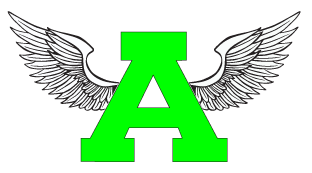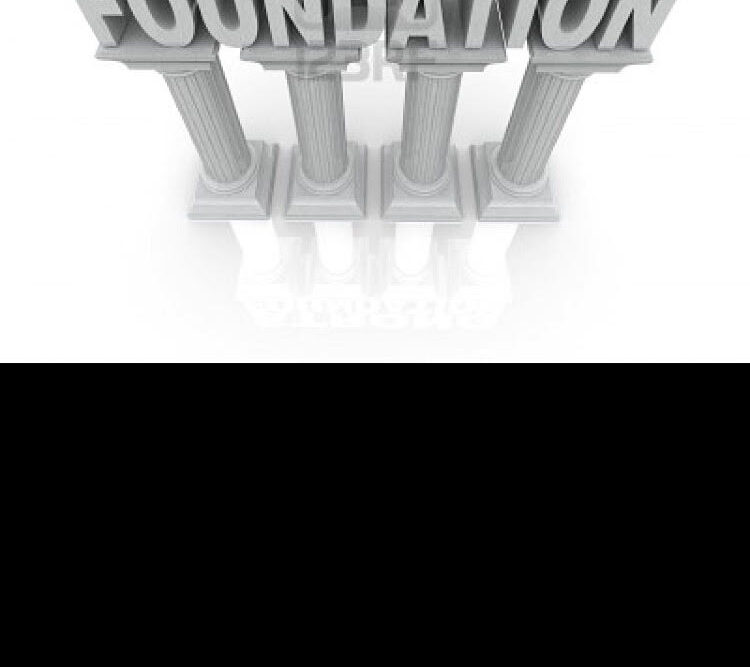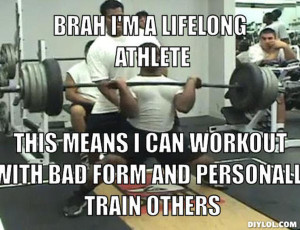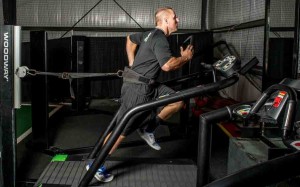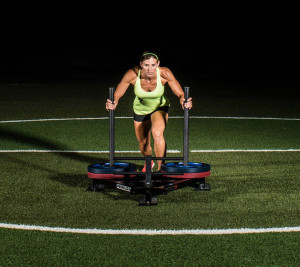Before I started this blog, I became really fascinated with fitness marketing and began studying industry tough. I can honestly say, these “gurus” really know how to attract attention. With their WOD videos, the super lean fitness models, the trainers with friends who are pro athletes, or pro athletes themselves they really do a great job at projecting themselves as experts. This is actually what inspired me to get the blog started. I saw so many bad workouts, bad information, and incorrect technique being taught by these internet famous trainers and pro athletes who have a tremendous following. Seeing this I wanted to do something to educate people on how to properly train, get their mind right, and help them safely and effectively reach their fitness goals.
Ok so you may ask, how do I know if a trainer is credible or any good? That’s a very tough question to answer but I’ll provide some tips so you can make informed decisions.
1) If it sounds too good to be true, it probably is – There are trainers out here who are paid very good money to promote the holy grail of the fitness world that will provide amazing results with half the work. I posted about this in a previous article Input = Output. No waist trainer, detox tea, cleanse, will replace hard work and proper diet. Those fitness models that you see did not get their using those products only. They are paid to workout tough, monitor their diet, and be ready to do a photoshoot at any moment, so fitness is their life. If there aren’t in top shape year round they risk losing their sponsorship and money so they are working every day on their craft. This same holds true for professional athlete who try and market themselves as strength coaches. Just because you follow a workout that Kobe Bryant does, does not mean you’ll become Kobe Bryant. In actuality, you won’t benefit from a workout a high level athlete like that does because of how advanced they are physically. There’s levels when it comes training and you need to complete your current level before you progress to the next one. Always keep in mind there is no shortcut. If these programs don’t offer an in depth workout program with proven scientific progression, diet plan, and follow up consultation to follow with their recommendations then I’d stay away from it.
2) Watch their form if they post videos or pics of workouts – Everyday I see videos posted of very bad technique by a lot of these gurus. This can be dangerous for someone new to the gym that wants to try some of these movements. Squats, deadlifts, Olympic lifts, shoulder press, are lifts that can cause a lot of damage if done incorrectly. Some things you should look for when looking at technique online. On any leg lift you need to make sure their knees are bowed out and not caving in. When the knee is caved in the knee is in a very vulnerable position, especially the ACL. Also when squatting one should make sure that the knee is not shifting forward over the toes. I see this way too much in squatting videos. A proper squat video will show the individual shifting their hips back to get in position which will result with their shins almost vertical (knee behind the toe). On deadlifts, I see way too many people bending at the waist to pull the weight off the ground. This is very dangerous and asking for back issues. The worst part is I see people who deadlift like the at the gym on a daily basis. A proper setup would be a lifter with a flat back, butt down, eyes straight, with the bar close to their shins. This is the correct way to deadlift that will allow you to lift heavy weight without hurting yourself.
3) If they’re bragging about doing a lot of reps of an Olympic lift discredit them immediately! – Olympic lifts are power lifts. They are meant for a lot of force and explosion for 1-3 reps. That’s why they are also called power lifts. Unfortunately, a popular workout method today has tried to turn these lifts into endurance lifts causing a plethora of injuries. Any true lifter knows you ideally stay within 1-3 reps (no more than 5) on power lifts. If someone boosted they did 15 clean and jerks and superset that with 20 burpees, then that person is not credible. I don’t care what the hype is, that’s dangerous. Technique is everything with these type of lifts, and most people outside of professional lifters don’t them right to begin with. When you’re fatigued doing these lifts now you’re really going to be putting your joints and back in a compromised position increasing the risk of injury significantly. Run from these trainers as fast as possible.
4) Check their credentials – This isn’t always the easiest to do but if you can, do some research on the trainer your interested in. See what they’re certified in, where they went to school, what their degree is in, and what their past clients have said about them. Unfortunately too many gyms now hire trainers who are underqualified and don’t know anything about proper exercise and science and putting clients through awful workouts. Many retired or aging pro athletes will open up gyms as well, hiring their buddies (usually other former athletes who didn’t make it as far) and force their methods on clients. A trainer who is not being thoroughly educated on physiogly, biology, and exercise science can be dangerous. For example, I have a client who has multiple sclerosis and her feet will go numb at times. Trainers in her past said she needs to get her feet stronger!! Clearly these guys know nothing about science to make a statement like that to someone with a neurological disorder. I’m proud of my education and experience and have no problem revealing, my education, my 4 certifications, my athletic background, or providing testimonials from my clients. If a trainer is unwilling to reveal their background to you, chances they are they are not the right one for you.
5) Look At The Facts, Not The Hype – With social media and the internet it’s easier than ever to market yourself, especially if you already have a good following. Many people will see a pro athlete workout or someone with a nice physique and become captivated by what’s in the video/post. You have to look past the façade and really look at what they’re doing. How does their technique look? Do they discuss scientific progression or make up words like “velocity squats”? If it’s an athlete, look at how healthy they are during the season. If they’re suffering non-contact injuries, you can guarantee their training was sub par. Think about it this way, just because someone flies first class, doesn’t make them a pilot. This holds true when it comes to training. Just because someone has tremendous physical ability, a nice physique, or are really strong, does not mean they understand what’s going on in the body or are qualified to train others. Most people in this case are getting results in spite of what they’re doing, not because of what they’ve done.
When looking for a trainer or workout advice, don’t go all in and outright believe what a person says just because they have a nice physique or played in the pros. There are many in the industry who don’t know why they are getting results they’re getting, so they come up with some logic that sounds different, and use that façade to market themselves. Knowing these things I discussed make sure you, shop around, ask questions, and do some research so you can make an informed decision. For any more questions feel free to email us at jr@accelerationpro.com
